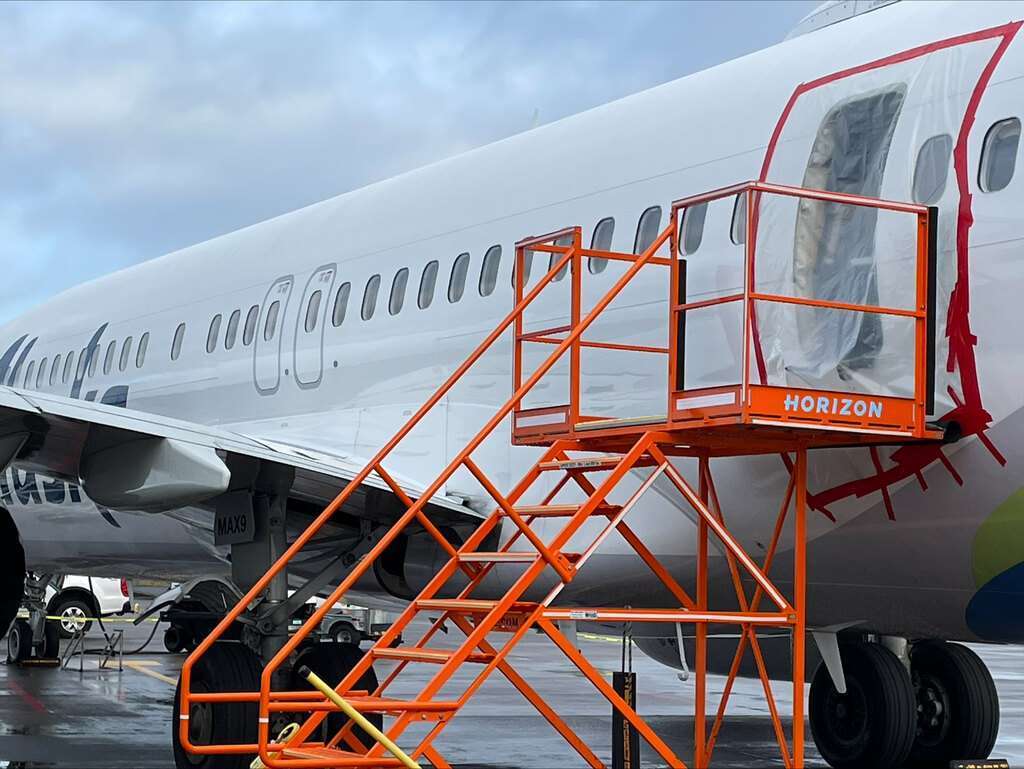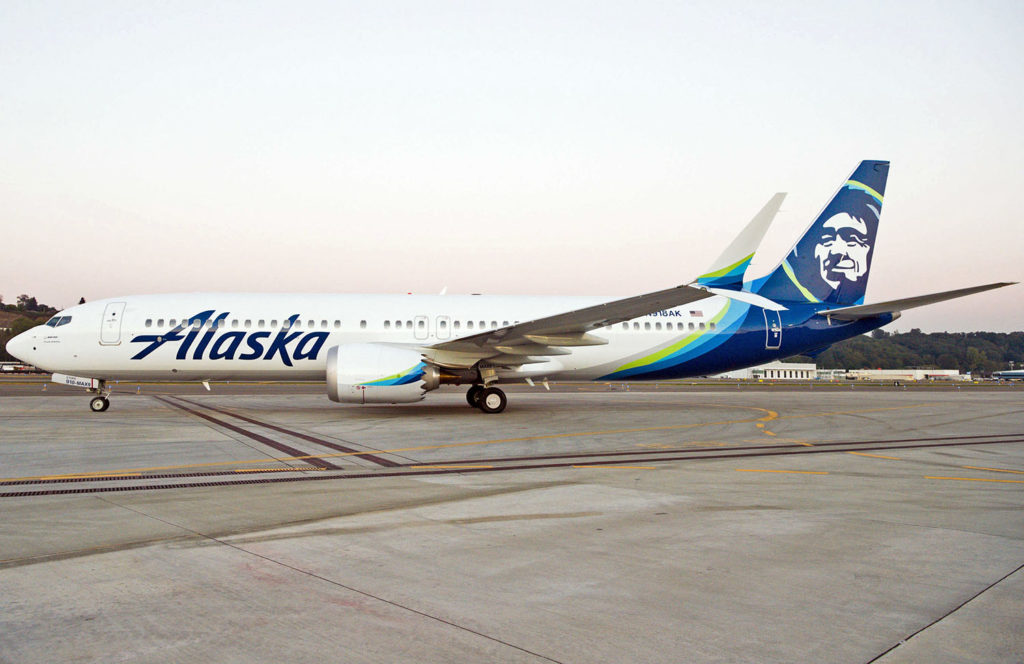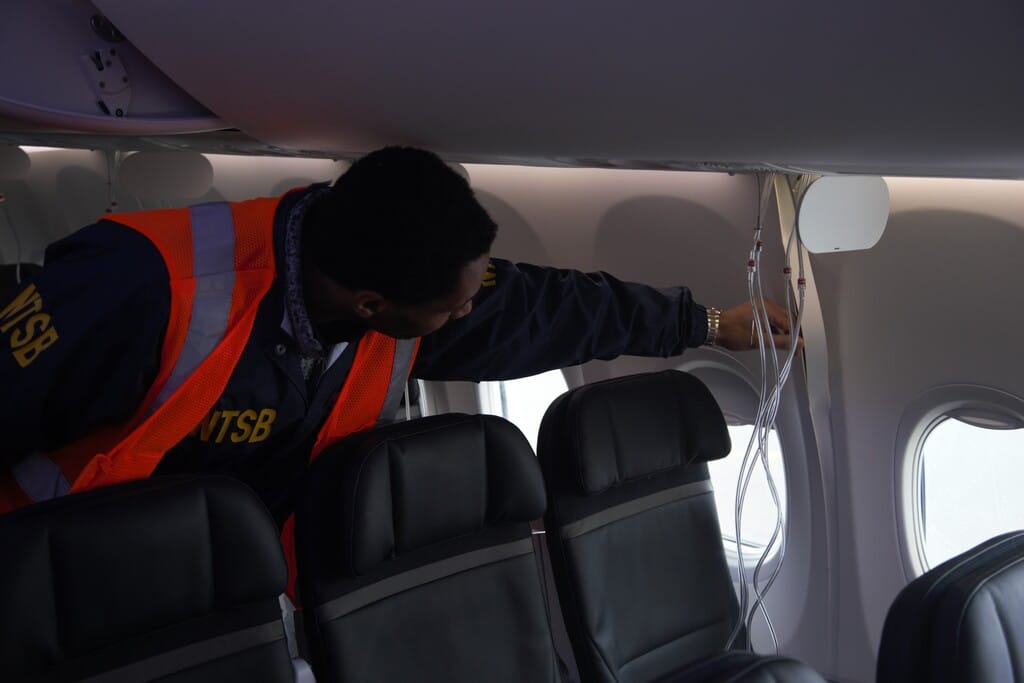The Alaska Airlines Boeing 737 MAX 9 involved in a mid-air incident in January had been scheduled to undergo maintenance later that day, the airline has confirmed.
The incident in question, which took place on scheduled flight 1282 out of Portland on January 5 has been the subject of ongoing investigations.
These investigations have centred around the fitment of the aft cabin door plug assembly which blew out as the aircraft climbed through 16,000 feet.
A New York Times report on Tuesday has now revealed that the aircraft was scheduled to undertake a maintenance check later on the night the incident occurred.
January 5 Flight Portland-Ontario CA
The accident occurred January 5, when the left mid exit door plug departed the airplane, operated as Alaska Airlines Flight 1282.
This occurred at an altitude of about 16,000 feet shortly after departing Portland, Oregon, on a flight destined for Ontario, California.
Following the loss of the door plug, a rapid decompression occurred. Subsequently, the flight crew returned to Portland where the airplane landed safely.
Of the 171 passengers and six crewmembers onboard, eight reported minor injuries.

Aircraft Issues Prior to January Incident
Prior to the in-flight incident on January 5, the airline was already aware of service concerns with the aircraft in question.
Engineering staff were aware of instances of a related cockpit warning light illuminating. The warning light which is connected with the aircraft’s pressurisation system had activated twice over a 10-day period.
According to the New York Times report, Donald Wright, the airline’s vice president for maintenance and engineering made comment. He explained that normal procedures would dictate an active assessment of the situation if the warning was triggered three times.
The warning light illumination is not of itself necessarily a major safety or grounding issue. Engineers flagged the aircraft for a maintenance check to troubleshoot the problem.
As a result, the aircraft was scheduled to come off line operations for a maintenance check. This was to have taken place on the night of January 5.

Restrictions Placed on Aircraft
During the intervening period where the aircraft remained in active service, engineers recommended the imposition of restrictions as a precaution.
These would remain in place until the aircraft was taken off active service for inspection and fault rectification.
Firstly, the aircraft operated with an ETOPS restriction. This prevented it from flying on extended overwater routes or in remote continental regions.
This is a fairly commonplace consideration and ensures the aircraft is within range of an emergency landing point. The restriction is applied as an additional safety precaution.
Investigators have stated that the door plug assembly had been gradually sliding upward during the intervening days.
Responding to this claim, Alaska Airlines advised it made visual inspections of the assembly prior to the January 5 incident. These inspections had not revealed any movement of the door plug.
NTSB Investigation Continuing
The National Transportation Safety Board will hold a hearing Aug. 6 and 7. This looks into how and why the door plug separated from the Boeing 737-9 MAX passenger jet during flight.
“We remain confident in our maintenance and safety actions leading up to the incident,” Alaska Airlines said in a statement issued on Tuesday.
“We look forward to continuing our participation in a robust investigation led by the NTSB to ensure something like this never happens again.”

Click the banner to subscribe to our weekly newsleter.

Click the photo to join our WhatsApp channel so then you can stay up to date with everything going on in the aviation industry!









